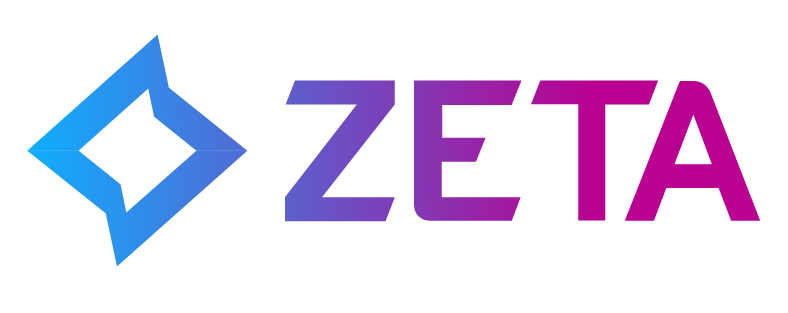The pace of AI innovation in 2025 is staggering. New models and capabilities emerge weekly, each promising to be transformative. PwC predicts AI will add $15.7 trillion to global GDP by 2030, a 14% boost to the world economy. Goldman Sachs projects $200 billion in AI investment in 2025 alone.
But many companies make a critical mistake when it comes to AI adoption. They rush to build AI-powered products and services for customers while ignoring their own operational challenges. This “outside-in” approach typically leads to expensive failures, false starts and missed opportunities to improve internal processes.
A more effective strategy involves looking inward to create a stronger foundation for success. The University of Oxford suggests 40% of routine tasks could be automated by 2030. This massive shift demands a strategic approach, starting with internal operations.
The value of looking inward
Ninety-five percent of companies report using AI today, but most haven’t yet moved beyond limited pilot projects. Research shows 76% of organizations have deployed AI across just one to three use cases. Yet half of companies plan to deploy AI across all business functions within two years.
Most companies today operate far below their potential. Teams waste hours on repetitive tasks that AI could handle in minutes. Managers make decisions with incomplete or outdated information. Valuable data sits unused in disconnected systems. These internal friction points slow progress down and cost millions in lost productivity.
Take cross-channel campaign creation, for example. What once took days or weeks of manual data analysis and coordination across email, social and web channels now takes hours (or even minutes) with AI. Smart systems process customer behavior, create segments and orchestrate campaigns for individual customers automatically.
Solving these internal friction points can have a huge impact on productivity and employee morale. Your teams gain practical AI experience in a lower-risk environment. You develop better data practices and technical capabilities. You create reusable components and processes. Most importantly, you free up your people to focus on higher-value work.
Building an inside-out AI strategy
1. Start with an internal assessment
The foundation of an effective AI strategy starts with an understanding of your internal teams and processes. Work with teams across your organization to identify their biggest challenges and constraints. Look closely at how people spend their time, especially on routine or repetitive work. Map out your data assets and how information flows between systems and teams.
The goal is to find opportunities where AI could remove friction and accelerate work. Pay special attention to areas where skilled people spend time on low-value tasks, where decisions are delayed by lack of information or where manual processes create bottlenecks.
2. Quantify the impact
Once you’ve identified potential AI projects, put real numbers behind them. Calculate the hours spent on manual work and multiply by labor costs. Estimate the amount of lost revenue because of slow processes or delayed decisions. Factor in less obvious costs like employee frustration and turnover from tedious work.
Document specific metrics like processing times, error rates and employee satisfaction scores. These baseline measurements will be invaluable when demonstrating ROI later.
3. Choose your first projects carefully
Your initial AI projects should meet several criteria:
- They should address problems that affect multiple teams or departments.
- The underlying data should be relatively clean and accessible.
- The technical implementation should be straightforward.
- Most importantly, they should reveal clear results within three to six months.
Consider starting with something like small automating customer segment creation or using AI to understand who your most valuable customers are. These projects typically have clear success metrics and manageable scope.
4. Build internal capabilities systematically
As you work on internal projects, focus on building lasting capabilities.
- Create training programs to give your teams practical AI knowledge.
- Develop frameworks for evaluating AI vendors and solutions.
- Establish strong data management practices.
- Build components and tools you can reuse in future projects, such as a central repository of AI models and tools.
- Document best practices for data preparation and model training and build expertise in prompt engineering and model fine-tuning.
Common pitfalls to avoid
Many organizations stumble in their AI journey by making predictable mistakes. They tackle too much at once and underestimate the importance of clean, well-structured data. They also tend to focus on technology without considering the human and process changes needed.
Avoid these pitfalls by starting small, focusing on data quality from the beginning and involving end users throughout the process. Make sure every project has a clear owner and success metrics.
Moving outward
Only after making real progress on internal challenges should you turn to customer-facing AI projects. By then, you’ll have developed the skills, experience and infrastructure needed for success. Your teams will understand AI’s real capabilities and limitations. You’ll have proven ways to deliver and measure results.
This methodical approach might seem slow compared to rushing out customer-facing AI features. But companies that skip the internal foundation work usually end up with expensive failures. They build features customers don’t want, using capabilities they don’t fully understand, supported by teams that lack practical AI experience.
The next few years will bring even more AI innovation. New capabilities will emerge to transform entire industries. But the fundamental principle remains: Companies that build strong internal AI capabilities first will be best positioned to capture external opportunities.
Start by asking yourself three questions:
- What internal problems could AI solve today?
- What capabilities do you need to build?
- What friction could you remove from your operations?
The answers will guide your path to AI success.
For more articles featuring Neej Gore, click here.











